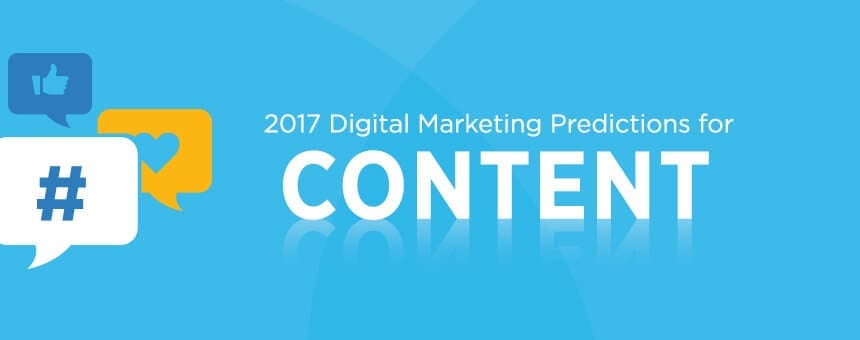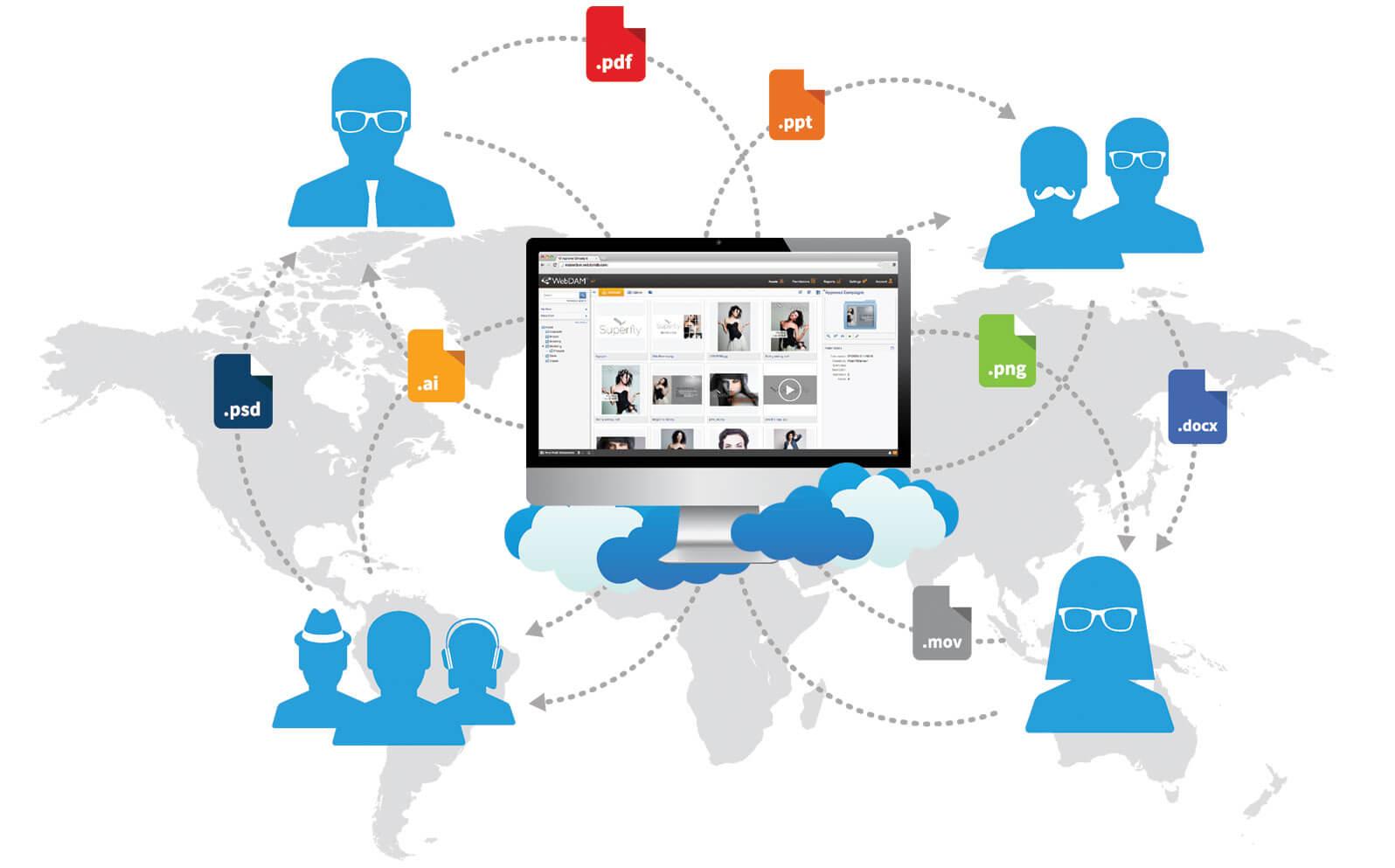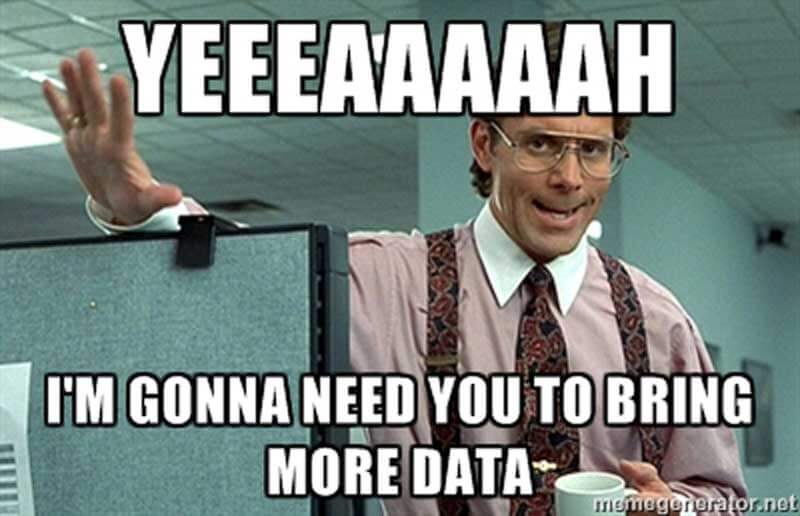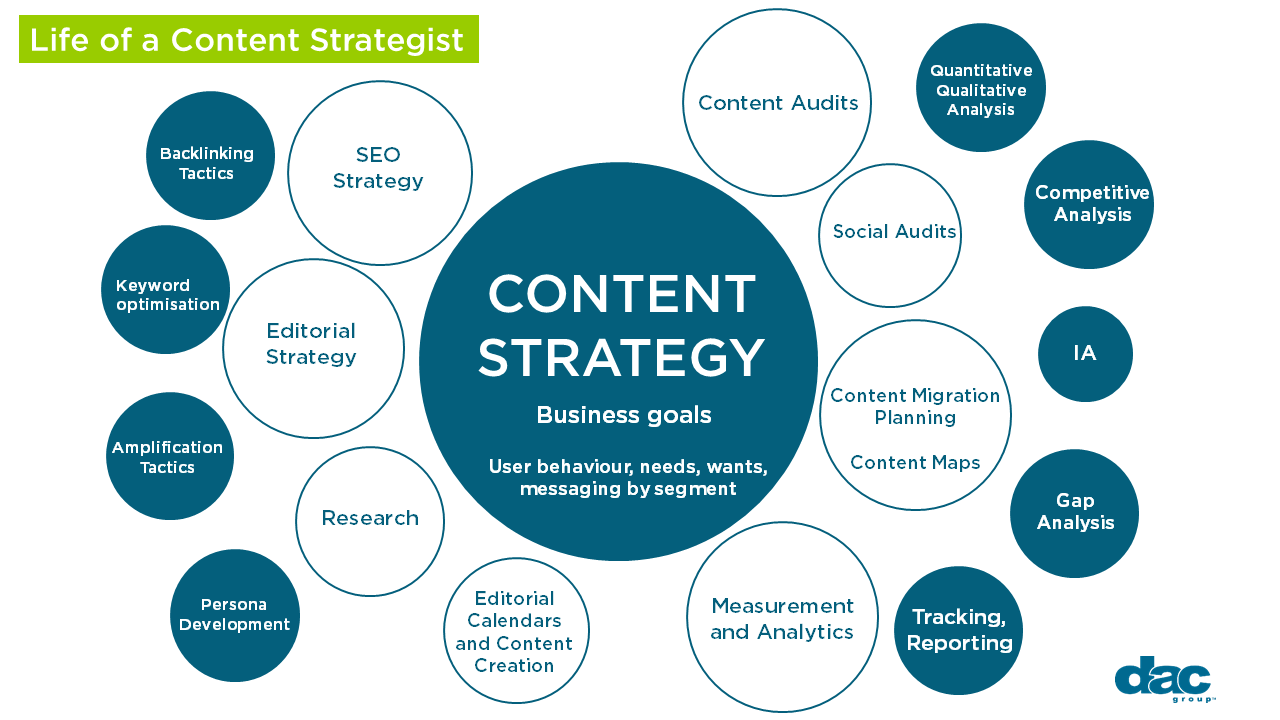
Navigate an unpredictable landscape with actionable, data-driven strategies tailored for your business from the brand down to the local level.

From data tools to digital asset management, content marketing will see a huge tech boost in the coming year, and companies that embrace and leverage the right tools for their objectives are the ones that will thrive. Good work takes hard work, and good content in a highly saturated market takes continual research and innovation (over 88 percent of B2B marketers use content marketing in their marketing strategies). It also helps to be slightly ahead of the pack, even just a few steps.
So without further ado, here are the top five trends you’ll be seeing – content-wise – coming round the corner:

In 2017 we will see an increase in predictive content. Powered by AI and needing very little or no human intervention – predictive content adapts to the needs of the channel and viewer – increasing consistency and quality for a highly personalized experience. How does this work exactly? Software developed by companies such as Adobe, Marketo and Seismic crawl your site and automatically identify content assets, such as videos, e-books, case studies, and blog posts. Content can be tailored at each step of the buying process: top of the funnel being blog posts, email newsletters – think informative, engaging content that sparks interest – while bottom of the funnel focuses on driving conversions – things like case studies, live demos, promotions and calls to action.
Predictive intelligence uses algorithms that provide unique content recommendations based on observation of consumer behavior. Machine learning anticipates the intent of the individual and automatically delivers the most relevant content in front of each person who visits your site. This means that the right customers receive the right information in the right format at the right time throughout the purchase journey.
Like most things marketing, as certain software tools become more popular, tools to measure the performance of those tools also become more popular. The market for predictive analytics software is set to grow to 9.2 billion by 2020. Amongst many others, analytics tools such as EverString, Infer and Radius enable better understanding what site content performs the best across multiple metrics. Intelligent content helps bridge the gap between marketing and sales – which too often is a one-way relationship where leads are passed to sales reps but data is not sent back in return. Instead, predictive content can keep track of high performing content through CRM databases. Companies will be able to go beyond automation and gain deeper insights into prospect behavior and interests, going beyond continually-learning suggested content, to actionable intelligence about prospects.

Digital Asset Management; Source: WebDAM
Previously the domain of publishing companies, digital media management software tools are now increasingly being developed for marketing companies as content management systems. TechTarget defines digital asset management (DAM) as “a business process for organizing, storing and retrieving rich media and managing digital rights and permissions.” Rich media is multimedia content – photos, music, videos, animations and podcasts – and instead of searching for or modifying these assets, time can be saved by re-purposing them.
From a content marketing perspective, marketers will be able to ensure brand consistency across all branded content with greater ease. Marketing materials can be created with templates and distributed to global offices, and re-purposed – even modifying based on a region’s language and culture. Agencies can use DAM systems to provide a professional experience, with a consistent look when clients access creative files. Teams are able to streamline the look, tone and customer experience by working with the same assets. There is also no need to manage onsite FTP servers, undergo lengthy installations, use third-party file sending vendors or worry about file security.
In 2017 we will see more businesses looking to optimize current digital asset workflows and utilize DAM systems – from start-ups to large global corporations.

When people think “content”, they often think “creative writing!” In reality, great content marketing is a mix of creativity and data – in order to improve the effectiveness of content marketing, actions need to be measured against business objectives. Data-driven content marketing has been on the rise over the last three years, and this will explode in 2017. The Age of Content Science revealed that “those who develop and execute against a data-centric strategy achieve five times more content marketing-attributed revenue than those who do not.” Instead of creating content based on intuition – a flawed premise – decisions around creation, amplification and measurement will be increasingly driven by numbers.
As an example, here at DAC we use various data tools to inform decisions across each of the five areas of our content marketing process:
Asking the right questions and gleaning relevant insights from analytics tools will become critical to success. What often isn’t talked about is the fact that a thoughtful data-driven process leads to better content and happier customers. By aligning the buying cycle with data, and combining this with intelligent and predictive content, information is tailored to customer needs. In 2017, data-driven content will be a necessity.
Subscribe to our monthly newsletter.

Influencer marketing; Source: thenextweb
While it is important to understand what your target audience is talking about, it is arguably just as important to know who they’re listening to – and reaching tens of thousands of relevant new audience members in the process doesn’t hurt. In 2017, influencer marketing will skyrocket.
Nielsen Catalina Solutions and TapInfluence collaborated on a research study – finding that influencer marketing leads to 11x the ROI of traditional advertising annually. Not only that, influencer marketing done well can boost sales, build product awareness and improve ROI. Just take a look at Loki the Wolfdog and Mercedes-Benz, or Gap’s Styld.by. The “John Stewart” campaign by Arby’s managed to turn Stewart’s long-standing derogatory Arby’s jokes into a hugely successful engagement drive (later, they even named a sandwich after him.) Successful influencer campaigns also tend to be remembered; this one THREE years ago by British Airways – “Innovation Lab” – is one still discussed today.
While it helps to have giant advertising budgets, the beauty of this kind of campaign is that it can still yield strong results for smaller businesses in niche verticals. Bigger does not always mean better. In fact, often as the influencer’s follower total increases, the rate of follower engagement decreases. Keeping in mind ROI, we’ve found that ideal engagement can be found with influencers within the 25k-100k range of followers – the followers of this tier of influencers are often more engaged and passionate about the subject matter.
“If you want to go fast, go alone. If you want to go far, go together.” As brands get more familiar with the possibilities of influencer marketing, we will see more and more leveraging of co-produced content and new networks. The key to successful influencer marketing though – like any content strategy – is continual measurement. Businesses that analyze KPI’s are the ones that will be able to optimize for future campaigns.

Last but not least – content will get more “executional”.
Let’s not forget that strategy is defined as a plan of action designed to achieve a goal. There is no point to a strategy if no action is taken following its development. Often hours and hours go into brainstorming, holding meetings, creating spreadsheets, researching tools, and deciding workflows, with not nearly enough concrete execution.
Strategies are important. Yes, by all means, know your goals, know your audience, consider your budget, and know your distribution channels – but make sure it can actually be done. Then, do it. This is more of a reinforcement of an ongoing trend, than a ground-breaking new development, however, this is going to be particularly true for 2017. Audiences will continue to demand a mix of compelling, thoughtful content, and creative multimedia, and we will continue to see correlations between niche content and successful content.
Content marketing is supposed to be hard. It is not easy to create a steady stream of high-quality content, tied to measurable ROI. While intelligent and predictive content is set to increase in the coming year, we have not yet reached the stage where AI can do everything on an autopilot setting. It’s always good to remember that at a certain point – preferably earlier rather than later – someone’s gotta create the content.
Melissa Chen is a Digital Strategist at DAC. She devises, implements and optimizes multi-platform content tactics that boost KPIs and further business revenues. To learn more about what the future holds for content strategy, contact DAC today!
Navigate an unpredictable landscape with actionable, data-driven strategies tailored for your business from the brand down to the local level.
Navigate an unpredictable landscape with actionable, data-driven strategies tailored for your business from the brand down to the local level.
Navigate an unpredictable landscape with actionable, data-driven strategies tailored for your business from the brand down to the local level.
Subscribe to our monthly newsletter.